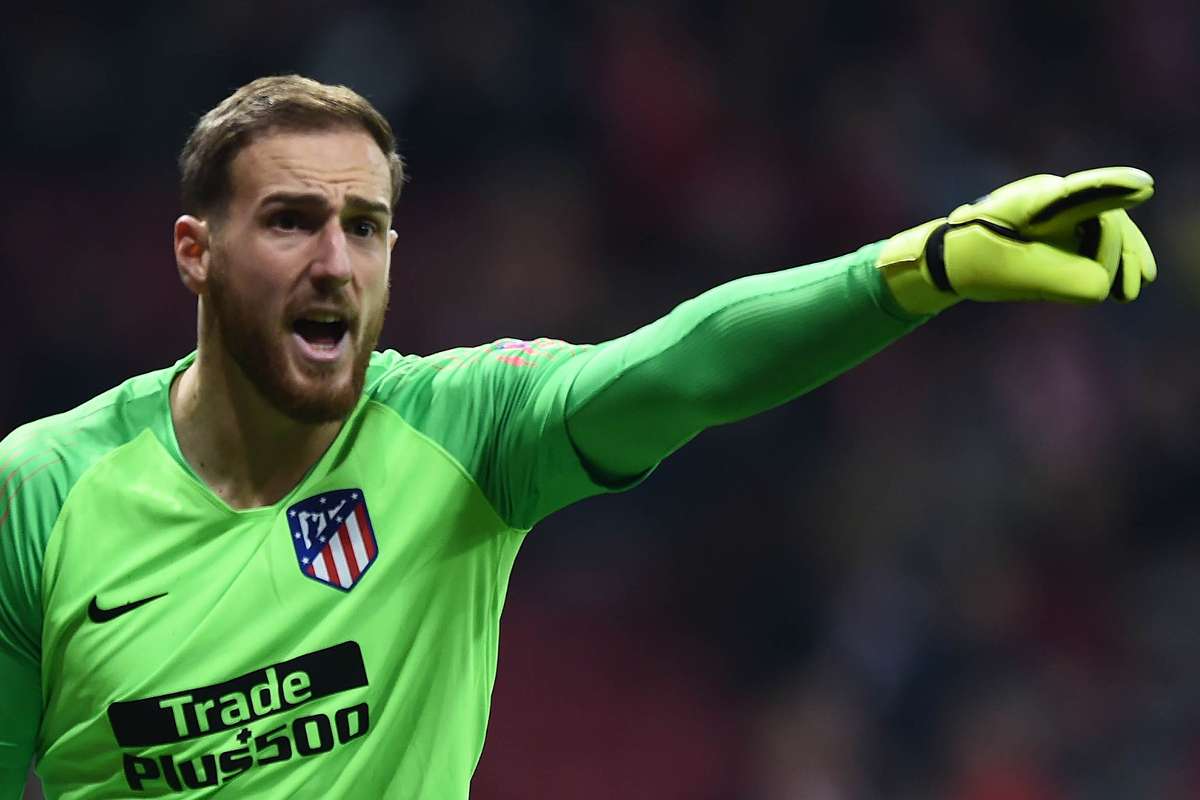For someone who loves defenders, I’ve written remarkably little about them. This is about to change, hopefully. In this article I will look and analyse Anna Patten of Arsenal. She’s a very interesting player and perhaps somewhat underrated in terms of attention and importance, but the young defensive player could prove to be an instrumental part of Arsenal’s success in the coming years.
This analysis will focus on her defensive abilities as well as her contribution to Arsenal’s attack and the videos will concentrate on her games in the WSL 2021-2022 and the UWCL 2021-2022. The footage is from Wyscout and is retrieved at 28-09-2021.
Defensive positioning
Defensive positioning is a metric in which we measure the ability to cover ground and defend a certain space in relation to other teammates, the opposition, and the pitch as a whole. In the examples below, we see defensive positioning as done by Anna Patten.
In the three examples above, you see Anna Patten in Arsenal’s game against Reading. What she does well in these examples is that she scans the options the attacking side has and what she needs to do in order to disrupt their attack or minimalise their threat.
She uses her pace and strength to stay ahead of the attacking player she has to mark and does anything in her power to trail back when she is higher up the pitch and a transition from attack to defence occurs. She keeps a relative distance to her direct opponent but closes in as soon as the ball enters her specific zone or when the balls seems to go to her direct opponent.
1v1s
In this part we will analyse the 1v1s by Anna Patten. We can see in these videos how well she performs in terms of duels, but also how she prevents or takes advantage in a 1v1 situation. This can be through positioning, defensive action or by using the space available.
Patten is very eager to close the opponent down, but in her eagerness, she sometimes chooses the wrong moment to have a defensive action. That leads to the ball being passed through her legs, or not being able to use her body well to regain possession of the ball. She has the qualities to do so, but it’s all about the timing and the place where you do so.
In terms of pressing an opponent, she does very well, as can be seen in the third video in the game against Chelsea. She has a run at the opponent and makes it difficult for her to get forward by blocking passing lanes and forcing to pass it back or sideways.
Interceptions
In the next few examples, I will look at the interceptions made by Anna Patten. These show us that she recognised a pass and acts on it, by getting in front of her opponent and start a transition from defence to attack. Not in all cases though, sometimes it is blocking a passing lane and it results in a set piece situation.
Patten is good at recognising where the ball will be passed too. By knowing this she can choose the right time and place to make that interception. This can also be seen in the videos above where she gets possession of the ball or her teammates get possession of the ball, after a decisive action on her part.
It’s an integral part of a modern full back and/or wing back to possess these qualities. An interception is not just making an action and getting the ball at your feet, but it’s also making sure that your team can progress because of it and that’s what Patten does very well in the games watched.
Crosses
As stated above, an integral part of a full back or wing back is to progress on the pitch, but also to contribute to an attack by an action. Crosses are very important, because that means that the flanks are utilised and more people can attack said cross. In the examples below you see videos of crosses by Anna Patten.
In these five examples you see the crosses by Patten. She possesses over the ability to get into the right position to give the crosses from both the right and left flank, spots the runs and gets the ball into the right area. When the attacking players connect with it, the crosses are very effective and give for dangerous situations.
The pace and power behind the crosses could be better, but that’s compensated by the fact that the accuracy and placement of the crosses is sufficient to create danger in the penalty area, as seen in the videos above.
Through pass
Besides crosses, through passes are very useful to have in our arsenal. Patten doesn’t attempt those through passes a lot – but she possesses the ability to do so.
In the video above you see how Anna Patten gets the ball and immediately thinks progressive and spot the runners. She looks for the combination and on receiving the ball she gives a through ball, which splits the defence and gives Arsenal the possibility to be a big threat in the final third.
Final thoughts
Anna Patten is a very interesting player and perhaps a player who isn’t in the primary conversation when talking about world class players, but she has a lot of potential. With Arsenal stepping up in terms of performances under their new head coach, this might well be good for Patten – as she can lift on that particular success. If she finetunes her eagerness and anticipation, she could reach very high levels.














